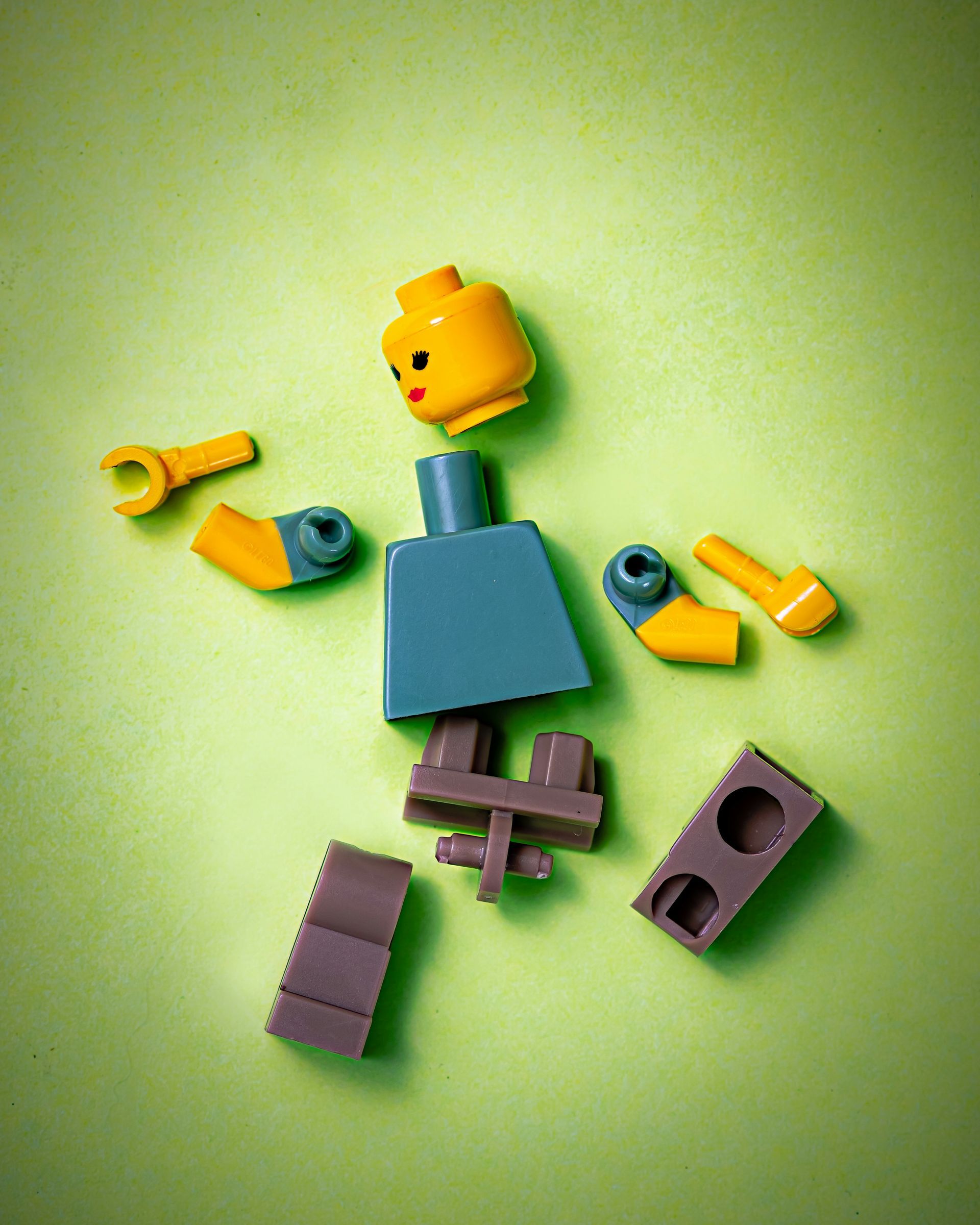
Check out this incredible feature on Tia Zavaras in the Badass Women in Business Podcast blog. Learn how Tia is transforming family law and empowering clients through innovation and compassion. Read the full blog here: https://badasswomeninbusinesspodcast.com/.../disrupting... Stay inspired as Tia continues to change the game in family law!

Here’s to all the dad’s(and step-dad’s) out there who are willing to evolve and integrate a new way of being with your spouse or co-parent.
Beginning in the womb, your kids were taking in every aspect of your marriage into their subconscious. You and your spouse have been programming them for how they should be with their partner and how you split with your partner.
If you have a toxic relationship, your children are very likely to follow in your footsteps. But, you are open to breaking generational cycles for both you and your ex-spouse and learning how to parent your kids differently. You know that the single most effective thing you can do for your child is to display respect, compassion, empathy, and support for the other parent. Even when that other parent is behaving like a dick, it IS possible. And it is changing the future of your children. Watch and see. Happy Dad’s Day, to all those who father and love like a father. You are so important to your kids. -T

Discover a compassionate and evolved approach to divorce with Tia, an experienced civil and family law attorney. In this insightful blog, Tia shares her personal journey and the transformative shift from litigation to mediation. Learn how her unique perspective, gained through life-altering experiences, guides couples towards an amicable divorce. Watch the accompanying video for a deeper understanding of Tia's approach and the powerful impact on the lives of those navigating divorce. Choose a path that prioritizes well-being, compassion, and a healthier future for your family. Explore the possibilities at Evolved Law. #DivorceMediation #CompassionateResolution #EvolvedLaw








